North-side community development group hires new CEO
Elan Daniel, a former deputy director of community and economic development for the city of Indianapolis, will start with Mapleton Fall Creek Development Corp. next month.
Elan Daniel, a former deputy director of community and economic development for the city of Indianapolis, will start with Mapleton Fall Creek Development Corp. next month.
Renew Indianapolis will merge with the King Park Development Corp. on Jan. 1.
Beginning in January, the community development organizations will operate as one, with a joint 15-member board of directors and a four-person executive leadership team.
The 16 Tech Community Investment Fund is seeded with $3 million and plans to issue up to $1 million in grants in 2020.

Ask Miles about his wide-ranging resume, and he compares it to Forrest Gump’s.
Central Indiana elected officials want to create a formal organization that could combine regional resources to pursue transformational projects.
The former bank branch, which closed in late 2016, will reopen as a co-working space called Vault.
Top executive Leigh Riley Evans plans to leave Mapleton Fall Creek Development Corp. later this fall after helping shepherd a $60 million project.
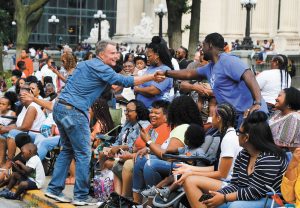
A broad coalition of faith-based groups, black elected officials and civic leaders are turning to this year’s mayoral race as an avenue for bold discussions about racial problems.
The neighborhood’s community development corporation has recast its vision for the expansive Central@29 project and hopes to begin construction of its first phase of apartments next summer.
For the past 12 years, Chad Halstead, 39, has helped land government incentives for some of the area’s biggest real estate developments.
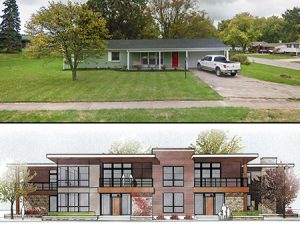
Homeowners in Johnson Addition, which was built in the late 1950s and early 1960s, say their neighborhood is charming and one of the few affordable neighborhoods left near Carmel’s downtown—and they want it to stay that way.

Historic preservationists and midtown neighborhood leaders don’t want to lose the Drake apartment building that its owner, The Children’s Museum of Indianapolis, plans to raze.
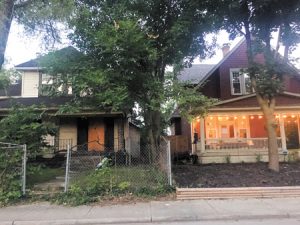
In a quest to create permanently affordable housing, about 25 Indianapolis community groups and development corporations have formed the Community Land Trust Coalition.

Banking is more expensive for the people who most need it to be affordable, a reality that experts say plays a significant role in preventing many Hoosiers from snapping the cycle of poverty.
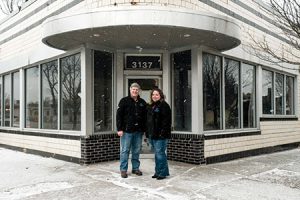
A new, $4.3 million Lilly Endowment grant is poised to spark the transformation of a one-mile stretch of East 10th Street into a hotbed for the arts.
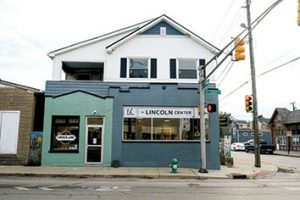
Now that Bates-Hendricks has emerged as one of the city’s housing hot spots, its neighborhood association is focusing on the commercial boom residents believe will follow.
White adults in Indianapolis on average outearn black adults whether both groups were born to poor, middle class or wealthy parents.

The foundation is undergoing a transformation aimed at narrowing the growing gulf between the community’s affluent and poor.

The tension between a desire for investment and an inherent distrust of it is occurring across disadvantaged Indianapolis neighborhoods.